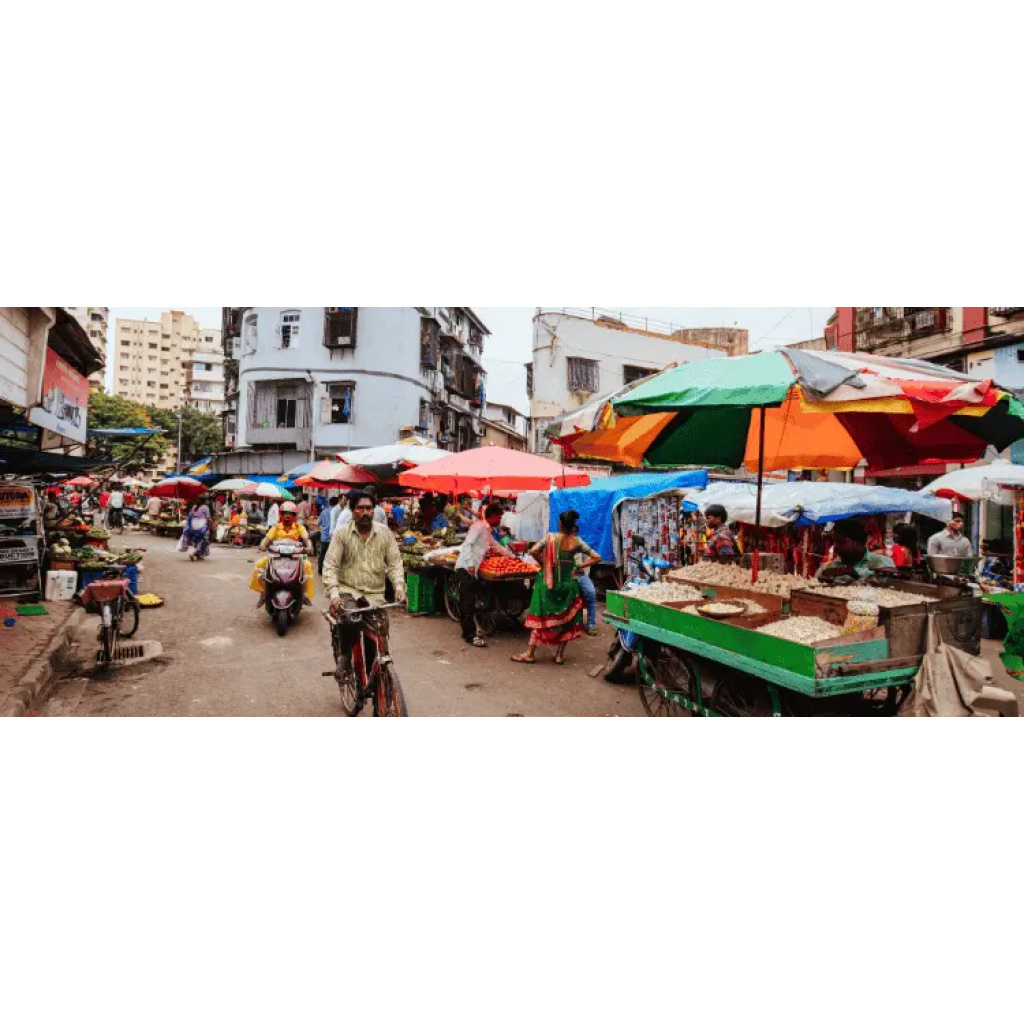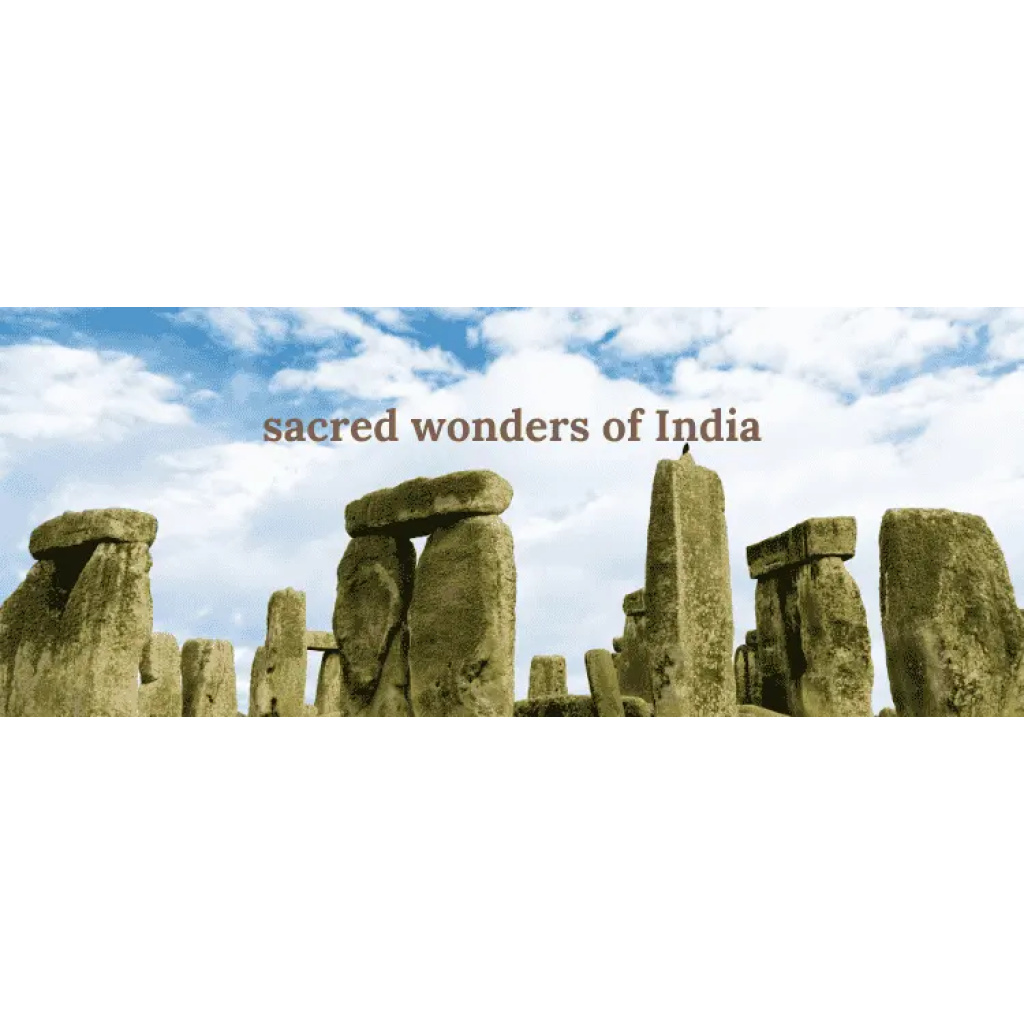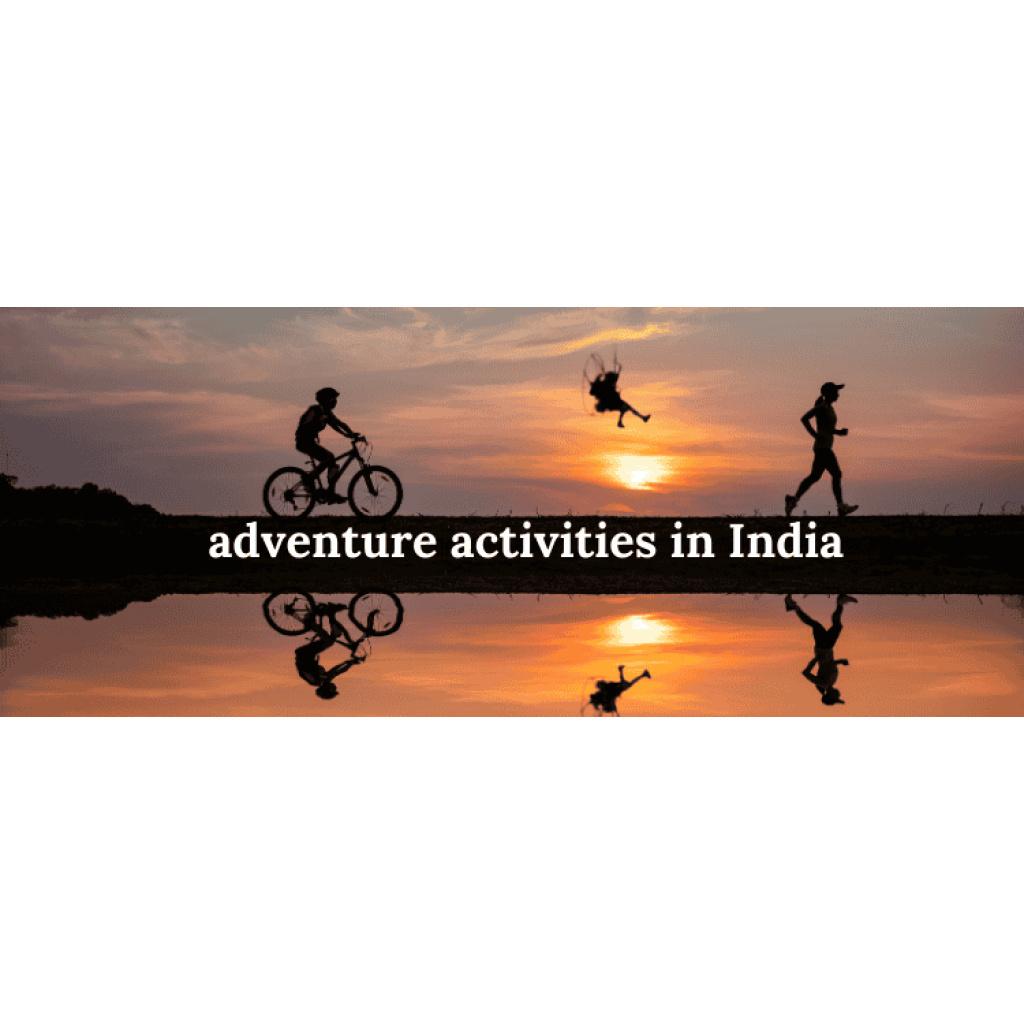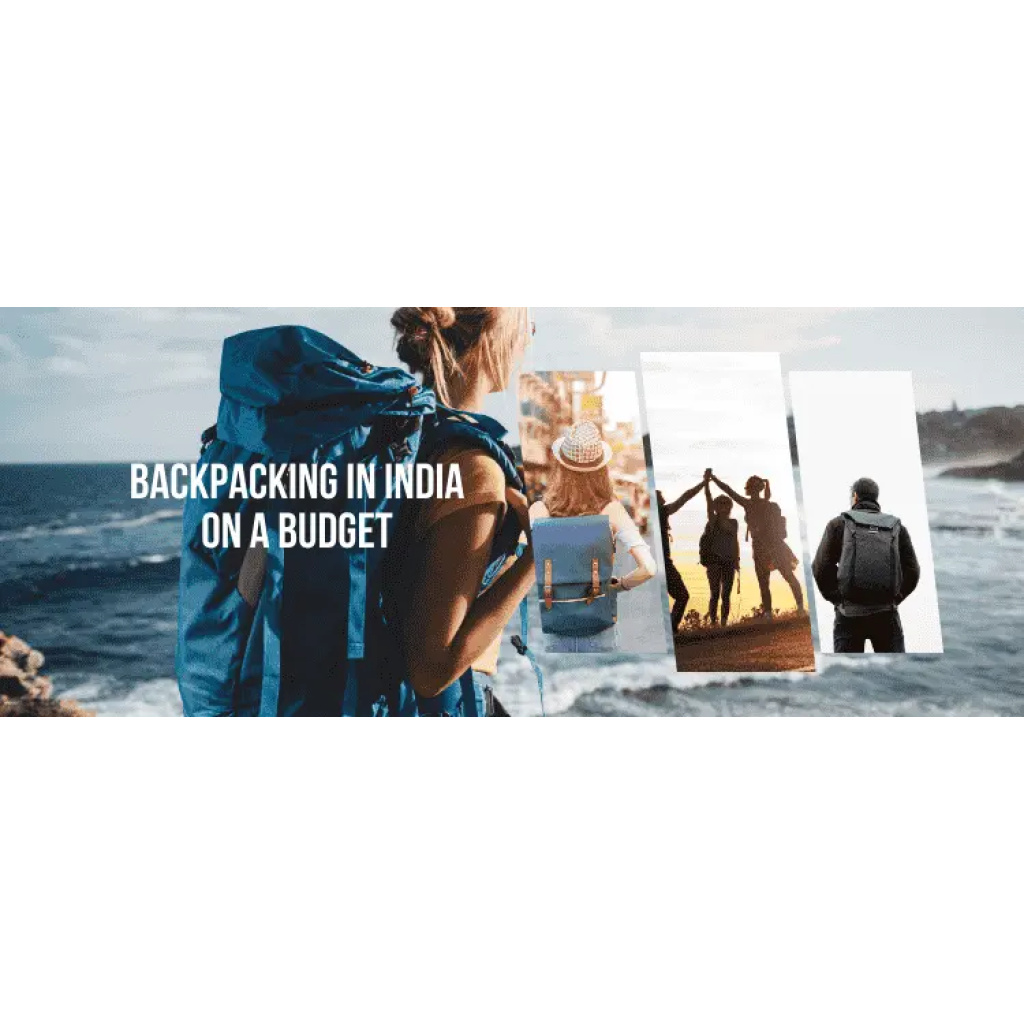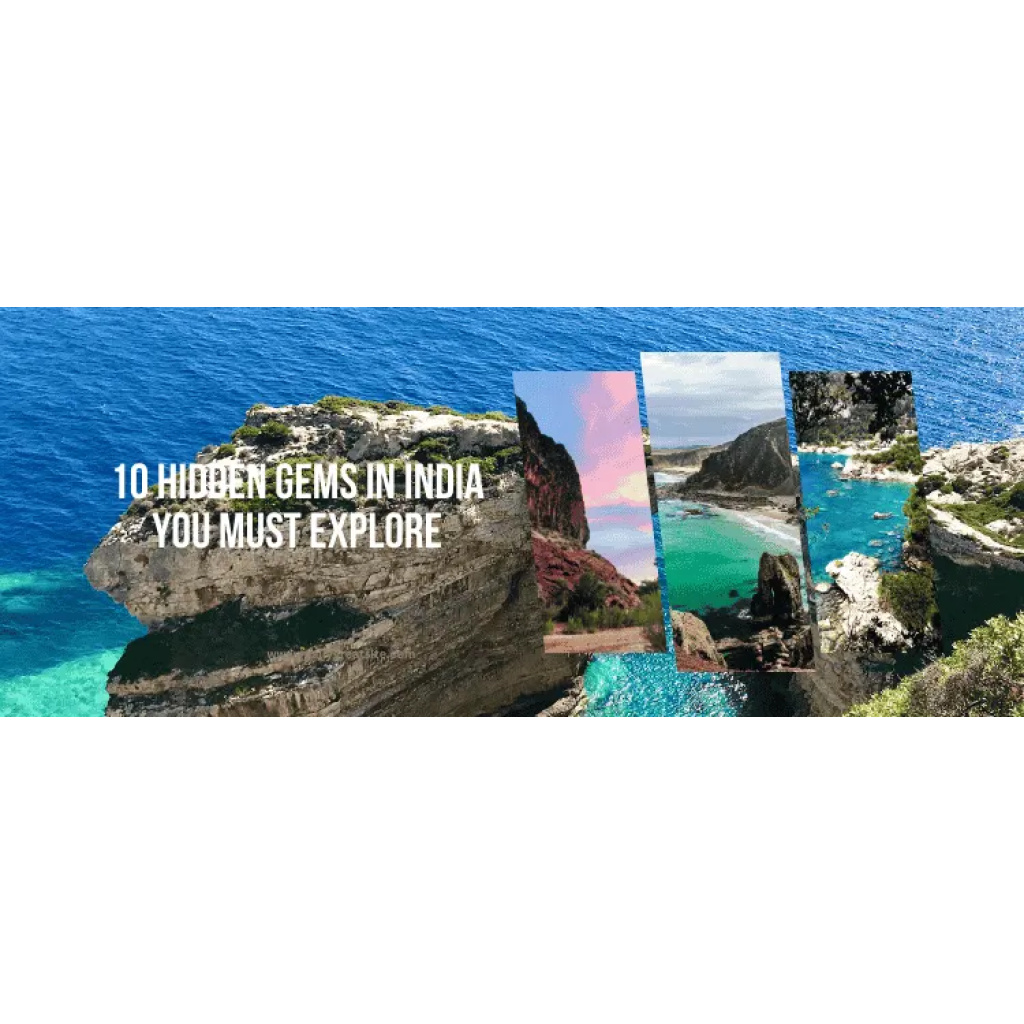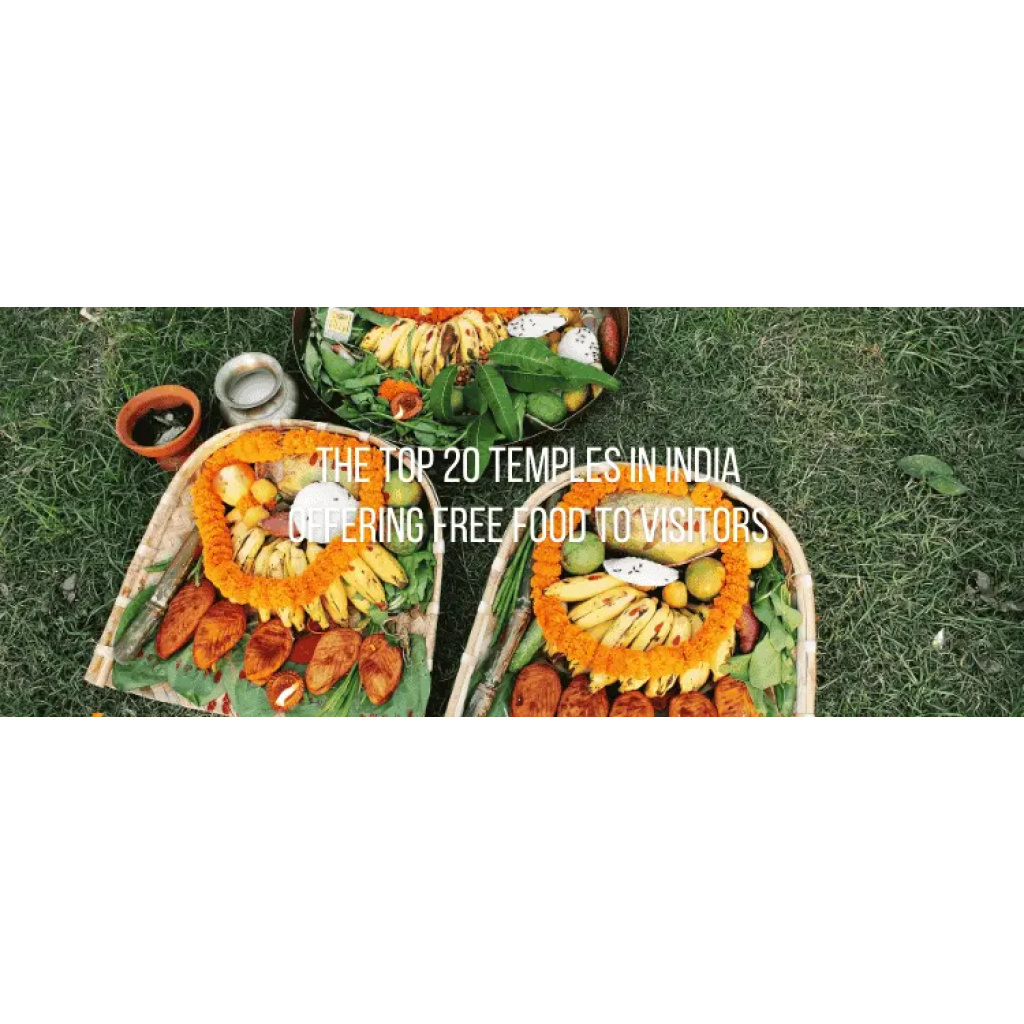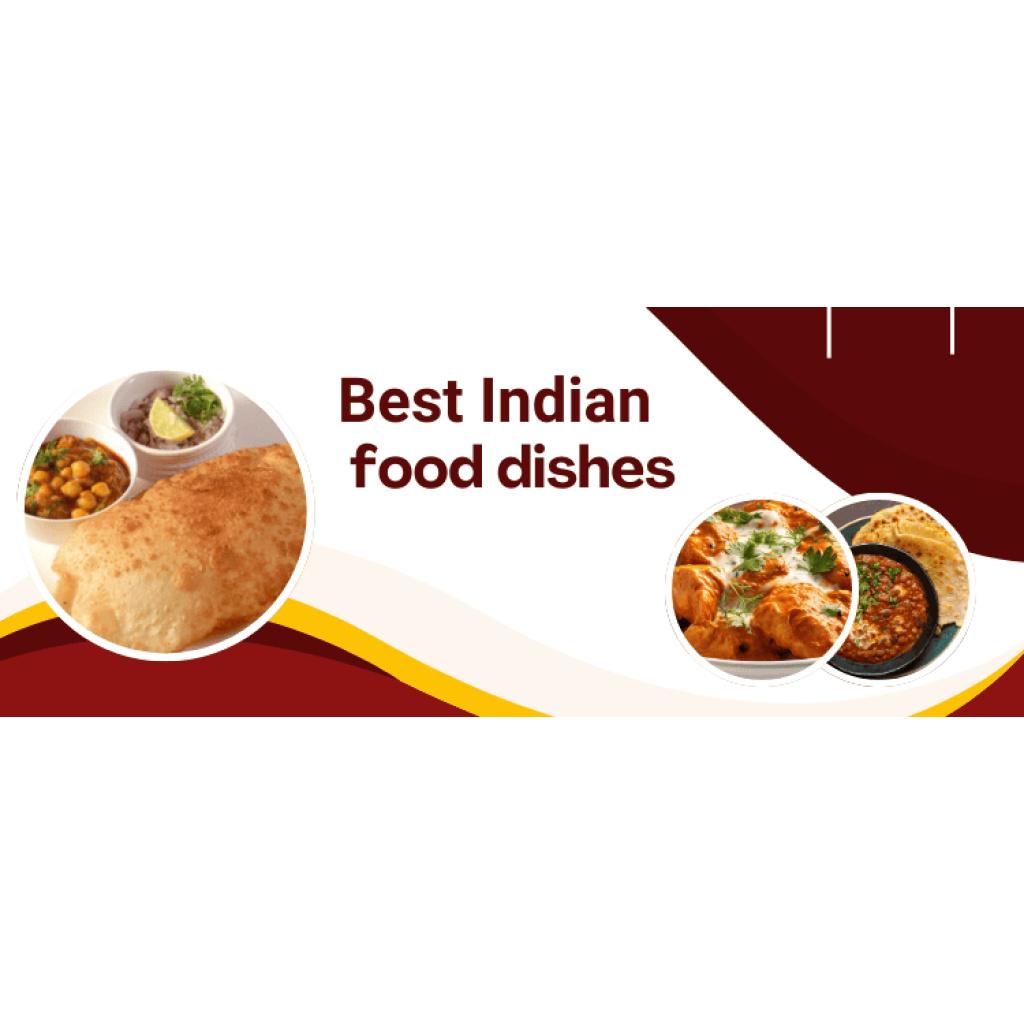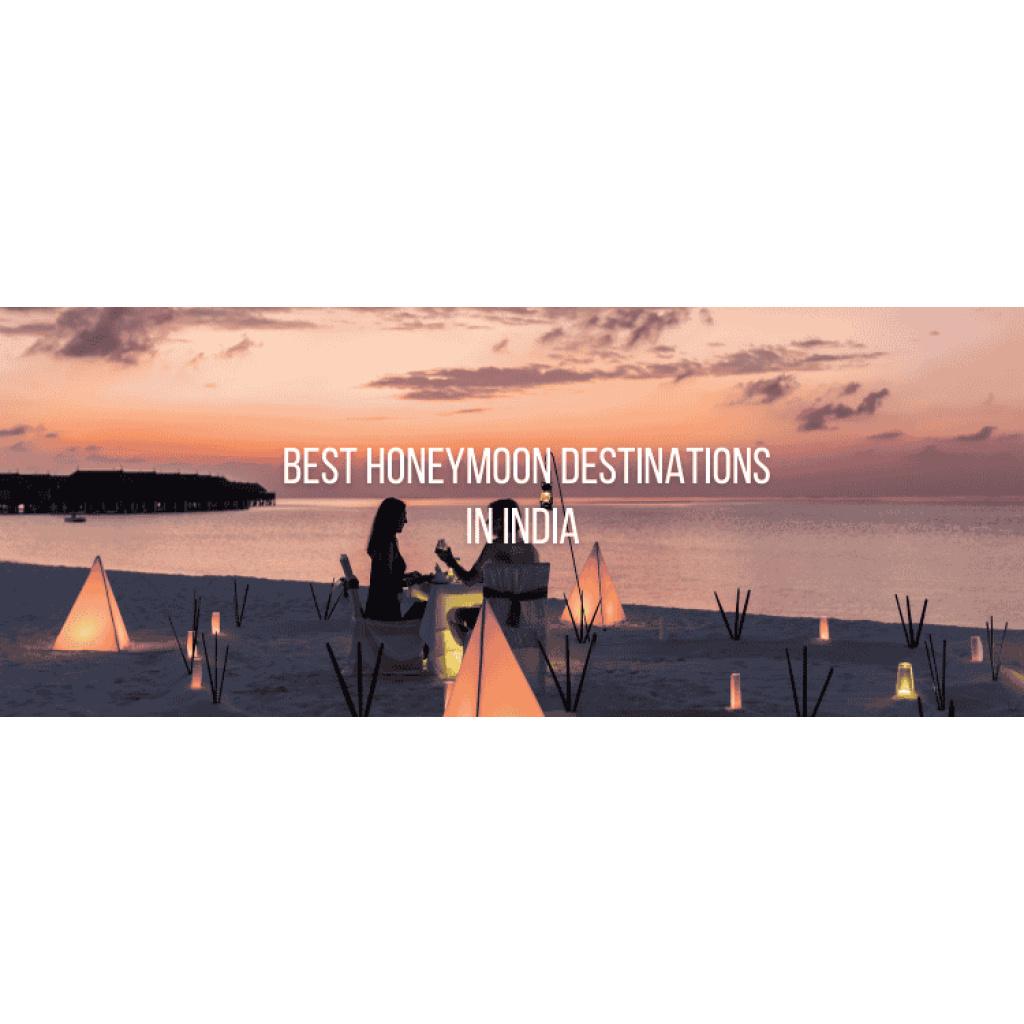Top Iconic Landmarks in India Every Photographer Must Capture
India is full of history, culture, and stunning buildings. Photographers will find many iconic landmarks in India to capture, from grand forts to peaceful temples. These sites showcase India’s rich culture and history, making it a dream destination for photographers wanting to document their travels. Let’s explore some of the most iconic landmarks in India. These places will inspire you to find the perfect shot that captures the beauty of your surroundings. Also Read: The Best Street Food Destinations in India Agra, Uttar Pradesh: Taj Mahal The Taj Mahal is a symbol of love and a stunning example of Mughal architecture. It is one of the most iconic landmarks in India. Photographers love to capture its white marble shining in the morning or reflecting sunset colors by the Yamuna River. Its detailed carvings, symmetrical gardens, and changing light make the Taj Mahal a favorite subject for photos from all angles. Amer Fort, Jaipur, Rajasthan Amer Fort showcases stunning Mughal and Hindu architecture in the Aravalli hills, offering great photo opportunities. The gates, mirrored halls, and views of the yards and hills create beautiful scenes. At sunrise, the first light on the fort’s golden sandstone walls creates magical images for photographers. Gateway of India, Mumbai, Maharashtra The Gateway of India stands by the Arabian Sea. It is a historic monument and a popular meeting spot in Mumbai. Photographers often capture the famous arch with boats and the city skyline in the background, showcasing a mix of colonial and Indian architecture. At sunset, the Gateway of India creates a stunning display of light and shadow. Qutub Minar, New Delhi The Qutub Minar is a famous iconic landmarks in India and a UNESCO World Heritage Site that highlights Delhi’s history and architecture. The intricate calligraphy and geometric designs on the minarets are challenging to interpret. These minarets are part of the ancient ruins of the Quwwat-ul-Islam Mosque. The site is ideal for architectural photography because the interplay of light and shadow on the red sandstone creates a captivating scene. Hawa Mahal, Jaipur, Rajasthan What to see: Hawa Mahal, also known as the Palace of Winds, has a unique five-story front with latticed windows that keep it cool. Visit during the golden hour to see the honeycomb interior glow in the soft, golden light. The light and shadows create depth and texture in photos, offering beautiful angles of this Jaipur fort. Palace of Mysore, Mysore, Karnataka. Mysore Palace (Amba Vilas Palace) Overview: The palace lights up with hundreds of bulbs during festivals, creating a stunning view for photographers. The colorful glow makes it look very beautiful. Highlights: The palace’s intricate exterior, detailed ceilings, and spacious courtyards offer many chances to take photos that show its grandeur. Madurai, Tamil Nadu: Meenakshi Temple The Meenakshi Temple is a beautiful example of Dravidian architecture. It features detailed sculptures, tall gateway towers called gopurams, and holy sanctuaries. Visitors can explore the temple complex, where photographers can capture the detailed columns, vibrant frescoes, and busy corridors filled with worshippers. The natural light streaming through the temple’s decorated ceilings creates an inspiring atmosphere for photography. Victoria Memorial, Kolkata, West Bengal The Victoria Memorial is a stunning white marble building with lovely gardens. It honors Queen Victoria’s legacy. Journalists can admire the peaceful scene with calm lakes and neat lawns, creating a classic colonial view. At sunset, the memorial is ideal for romantic photos. The golden light gives the monument a nostalgic and elegant appearance. Golconda Fort, Hyderabad, Telangana Fort Golconda is an old fortress on a granite hill with stunning views of the city and surrounding areas. Photographers will enjoy the fort’s strong walls, decorated gates, and rugged landscape. Taking photos at sunrise shows the fort’s silhouette against the morning sky. Mughal Gardens, Srinagar, Jammu & Kashmir The Mughal Gardens in Srinagar offer a paradise-like setting for photographers. With terraced lawns, blooming flowers, peaceful water features, and beautiful gardens, it’s a perfect spot to capture stunning images. Photographers can capture the reflection of Chinar trees in the calm waters of Nishat Bagh. They can also frame the neatly arranged flower beds of Shalimar Bagh. The garden’s fountains and pavilions provide a serene backdrop for ethereal photos that showcase Kashmir’s beauty. Hampi, Karnataka Hampi, a Photographer’s Dream and UNESCO World Heritage Site Hampi offers vast ruins, ancient temples, and a rugged landscape, making it a paradise for photographers. You can visit the famous Virupaksha Temple, take pictures of the detailed stone carvings at Vittala Temple, and capture the boulder-filled landscape with the Tungabhadra River in the background. Sunset photography in Hampi creates a magical play of light and shadow, highlighting the site’s architectural wonders. Jaisalmer Fort, Rajasthan Jaisalmer Fort, known as the Golden Fort, stands like a sandcastle in the Thar Desert. Photographers can wander through its narrow alleys, admire the decorated havelis, and visit the detailed Jain temples to capture its timeless beauty. In the early morning, the golden sandstone walls glow warmly in the sunlight, creating stunning photos. At night, the fort’s lit-up facades against the starry desert sky create a magical scene for photography. Konark Sun Temple, Odisha Konark Sun Temple is a world heritage site dedicated to the Sun God. Photographers will enjoy the detailed stone carvings of gods, gremlins, and everyday life on the temple walls. The light and shadow on the sculptures create a visual story. Jaipur In Rajasthan, Udaipur, Rajasthan, Jantar Mantar Jaipur’s Jantar Mantar is a group of astronomical instruments built in the 18th century by Maharaja Jai Singh II. Photographers can capture images of the large sundial, celestial globe, and other unique shapes that make this outdoor observatory special. The curving lines and geometric patterns in the structures provide endless opportunities for interesting abstract and architectural photos, showcasing the blend of science and art. Mahabalipuram Monuments, Tamil Nadu The monuments of Mahabalipuram, a coastal town by the Indian Ocean, emerged in the 7th century. Skilled Pallava artisans created temples and sculptures from rock, showcasing their artistic talent. The shore temple,

